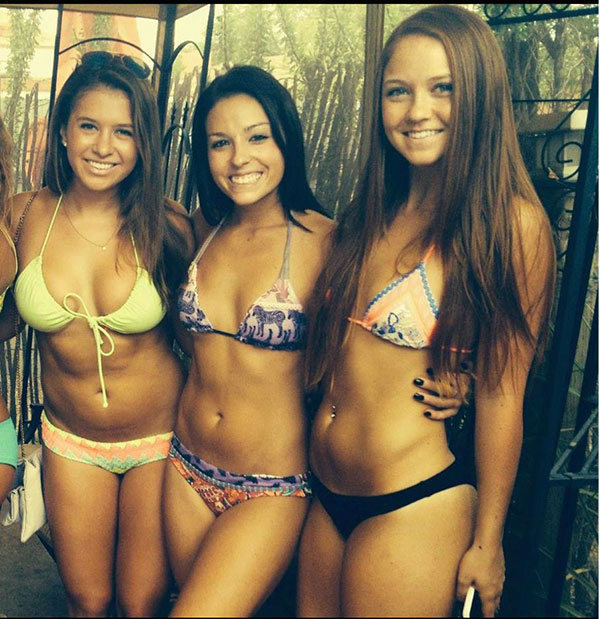

HOT SELFIE COLLAGE HOW TO
Here’s how to make a collage on Instagram Stories. If your photos require work, make sure to edit them first and save them to your camera roll. Tip: Instagram Layout only offers basic editing features. Share to Instagram or save to your camera roll.Mirror or flip each image according to your desired outcome.Select the layout you prefer from the top of the screen.A checkmark will appear beside each image you’ve selected. Tap on the images you plan to include.Here’s how to make a collage on an Instagram post: How to make a collage on Instagramįollow these steps to learn how to make a collage on Instagram posts and Stories.
HOT SELFIE COLLAGE PROFESSIONAL
Save time and look professional while promoting your brand in style.
HOT SELFIE COLLAGE FREE
“If it feels like you need to cover your entire working area with clipped figures and color and texture, try laying everything out the way you think you want it and then taking two things away,” she suggested.Download your free pack of 72 customizable Instagram Stories templates now. Or, as Chastain recommends, try limiting the amount of pieces you’re working with. If you’re not sure how to go about planning your artwork, try focusing on one or two of the basic elements of composition: color, form, line, shape, texture, or value. Iacono begins his works by making drawings and color studies he then uses those preparatory works to develop his sharp compositions of carefully layered pieces. Take advantage of the medium’s flexibility by trying out different arrangements.

“Lay all the elements out before committing with glue and move them around…until it feels right,” Chastain suggested. Unlike other 2D mediums that rely on direct mark-making, such as painting or drawing, collage offers the opportunity to arrange the various elements of your artwork. To create your own library, you may also want to cut up old artworks you are no longer attached to, print images on specific pieces of paper or fabric, or take photographs specifically for your collage.īefore you adhere your source material to your backing, take some time to plan out your composition. Iacono paints and cuts every piece of paper he uses in his collage. You may prefer to create your own source materials. Another way to scout out found photographs, is by using image libraries, such as the New York Public Library’s image collection, or sifting through open source images on Google, Flickr, and Wikimedia Commons. “It doesn’t take adhesives well because of the coating and can be frustrating, especially for someone just starting out.” She prefers to use periodicals from the ’60s and ’70s, and frequents library discard sales in search of inspiring books. “My least favorite material is new, shiny magazine paper,” Chastain said. In addition to art materials you may have, personal photos, old books and clothing, or recycled paper can all serve as great collage materials. Since then, he’s moved onto using high-quality paint, but when he was beginning, the simpler materials were ripe for experimentation and a source of inspiration. When he made his first collages, he used what was nearest to him: cheap craft paint that he used on his sculptural works. To develop a library of collage materials, you may want to parse through what you already have, before purchasing anything new.īefore Iacono took up collage as his primary medium, he created sculptures. “When you’re starting out, stealing ideas from the craft world can be a really interesting source for inspiration.” “I recommend going to Michaels, and just spending time in the scrapbooking aisles, or the sewing aisles,” Iacono offered. To create precise simple shapes, artist Anthony Iacono uses hole punchers, and other bladed tools that he finds in craft stores. Aside from scissors, tools with blades such as X-acto knives or rotary cutters will help you achieve sharp edges. Lastly, you’ll want to gather some tools for cutting up your source material. For example, if you plan to sew photographs onto the backing, or embroider your collage, you’ll want to choose a backing that isn’t too thick or dense, such as paper or canvas. If you’re considering alternative methods for adhering materials, such as staples, needle and thread, tape, or image transfer, make sure you have a backing that will support these methods. “Every type of paper reacts differently to every type of adhesive and it can be easy to get discouraged when you add an element to a careful composition and the paper bubbles or smears,” Chastain explained.


Hollie Chastain, author of If You Can Cut You Can Collage, advises beginners to try out adhesives with source materials before starting their collage.


 0 kommentar(er)
0 kommentar(er)
